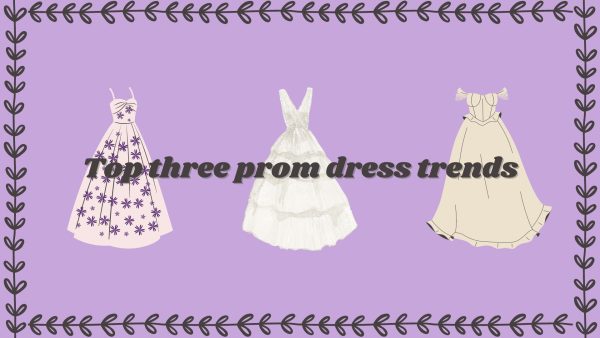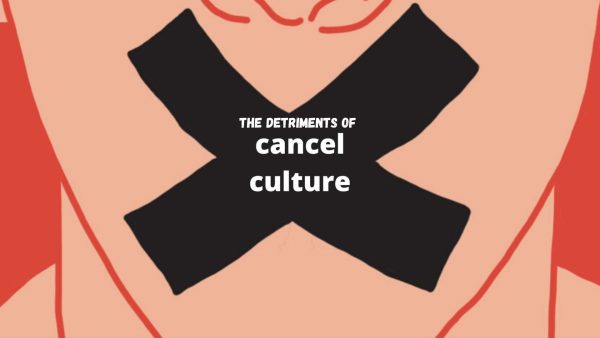The realities of fast fashion
Low wages, manipulative marketing tactics and excessive resources compile into a single industry: fast fashion. While convenient for individuals to find cheap clothing to keep with over 52 fashion seasons, fast fashion overwhelmingly devastates communities across the globe, making the benefits from spending money with those brands minuscule.
September 1, 2022
For centuries, models graced the catwalk with four main seasons coinciding with the elemental seasons. However, a certain industry flipped precedent over its head. As of 2022, the number of seasons increased to 52: a disturbing concept when taking into account the state of the globe.
Generally defined as creating clothing products cheaply for mass consumption, companies like SHEIN and Forever 21 dominate the industry. While buying from said companies benefits customers’ wallets, the long-term consequences from short-term financial gain outweigh every argument.
Several people could conclude the prevalence of the concept of fast fashion has increased in the current decade, however, the build-up began during the ‘40s. Before the mass marketing of plastic, the option to cultivate an extensive array of fashion products only existed for the extremely wealthy–hence the rise of companies such as Hérmes and Louis Vuitton. The rest of the population created their own clothes or bought them from Mom-and-Pop businesses, creating a lack of selection. Through plastic, specifically synthetic fibers, the process of creating clothes became less resourceful and time exhaustive, cultivating an industry eager to capitalize on maximum profits at the expense of consumers.
Manufacturers incorporate 65 billion tons of plastics into fast fashion pieces; 65 billion tons of material is wasted on low-quality clothes that statistically last less time for continued use. Fast fashion works in a closed work system: a consumer buys an article of clothing and the poor quality clothing wears out quickly, leading to the ultimate disposal of them. This correlates to less than a 1% recycling rate of all fast fashion items. The nearly zero amount of clothing recycled results in an influx of trash within landfills. This ultimately creates a substantial amount of greenhouse gasses into our atmosphere, which results in the impact of climate change on society.
As if the physical space of fast fashion overheating the atmosphere did not create enough issues, the whopping 20 trillion gallons of water used within the process did the trick. Even separating the two concepts of microplastics and excessive water usage teeters on impossible; fast fashion companies induce over one-third of all microplastic presence in the ocean, and they also produce 20% of all chemical ocean pollution.
“It’s such a no-go; I love Goodwill because at least they’re not taking advantage of thousands of people. It’s ridiculous what these companies do to us and what they do to their own consumers,” senior Ava Green said.
Unfortunately, the production of fast fashion affects individuals, too. Workers in manufacturing plants suffer immensely from the purchase of fast fashion items. With the influx of outsourcing–companies moving their manufacturing plants to other, typically third world countries to lower their cost of production– they manipulate and pull garment workers like a puppet string. Companies can pay their workers a minimum of two to six cents (USD) per piece; these practices also exist in the United States, particularly for Los Angeles immigrant workers, leading to a weekly pay of measly 300 dollars: a significantly unlivable wage.
Several people try to defend the argument of fast fashion products by using the concept of no ethical consumption under capitalism. While valid in its own right, the saying stems from defending those who cannot afford to buy sustainably constantly. However, the concept does not excuse people from buying 1,000-dollar hauls on the internet solely for recognition.
“The business practices, lack of living wage and awful quality and constant theft of designs just makes you wonder why would anyone ever decide to buy fast fashion anything…it’s depressing how much people value the dollar over safety,” senior Sydney Crowe said.

















